POLYCHROMATIC BOTANY // Flower colour variation of Lantana camara
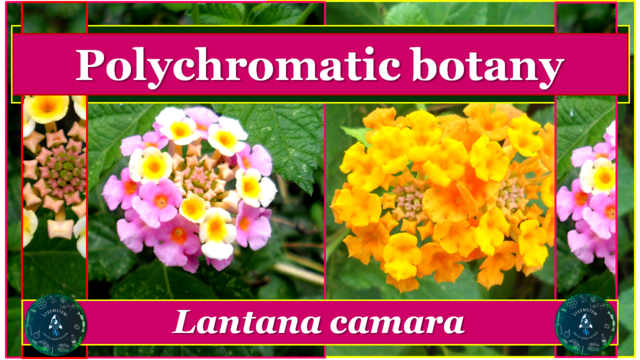
In this new contribution, I will share with all the academic community of the STEEM platform, scientific-technical information about POLYCHROMATIC BOTANY, in particular about flower coloration as a reproduction strategy, making use of the color variation exhibited by Lantana camara flowers (VERBENACEAE).
Introduction
The heterogeneous tonality of colors exhibited by plant species as a reproductive strategy has been one of the main scientific topics developed in the thematic series Polychromatic Botany, and as indicated in previous posts, the polymorphism related to color in plant species is nothing more than a biological tactic to perpetuate itself, hence, the coloration observed in the macroscopic structures of reproduction (flowers and inflorescences), is interpreted as a strategy to attract pollinating insects.
In fact, coloring polymorphism is considered to be the main visual strategy used by plant species to attract potential pollinating agents (insects that, after encoding polychromatic visual messages, begin to interact with reproductive structures, transporting pollen to the female segments of the flowers). For this reason, color is one of the floral attributes most addressed in botany, because it serves as a guide to determine the system of compatibility between plant species and the insects that visit their flowers [1].
Therefore, the objective of the post is to socialize the reproductive strategy of the plant species Lantana camara, describing the variation and tonality of the color with the interaction of the insects in the floral structures.
Polychromatic botany
Reproductive structures and visual attraction
The plant species, regardless of the climatic conditions of the bio-region where they develop, use certain polychromatic strategies as a resource of visual attraction, to ensure the visit of pollinating insects to their reproductive structures, basically this biological mechanism of using color as a tactic allows them to guarantee, on the one hand, fertilization and at the same time cross-pollination, reproductive elements vital to ensure genetic variability in new specimens.
It is known that the highest percentage of visits of pollinating insects to the flowers is registered precisely in those reproductive structures that exhibit petals with greater visual attraction, however, there are other aspects besides the shade of color, for example, the size of the petals and floral aroma, so the correlation of these three elements is a valuable biological tool to understand the influx and pollination habit of insects as biotic agents capable of responding to the communication system provided by certain plant species mainly through polychromatic strategies [2].
Flower coloring polymorphism
Flower color variation as a reproductive strategy
Normally the evolutionary success of plant species is associated with the morphological adaptability of their reproductive system, an aspect intrinsically related to the variation in color exhibited by the flowers, as a means of attracting a particular type of pollinator, which guarantees the passage of pollen from the male reproductive organ to the female structures.
In this sense, it is important to mention that this polymorphic diversification or floral syndrome, is interpreted by biologists and ecologists, as the set of reproductive adaptations destined to emit signals to determined insects with specific color preferences, for example; the particular tendency of hymenopteran insects to recognize and target flowers with yellow, blue or violet petals, while referring to the frequent visits of dipteran insects to red flowers, or the favoritism of lepidoptera to plant species exhibiting pink flowers [3 - 4].
Inflorescences as polychromatic structures
Color and morphology of the inflorescences
In addition to the arrangement of flowers as a key factor in the eyesight of pollinating insects, the morphology and variation in flower colour are also considered to be of significant importance in ensuring pollination because of the usual preferences of the insects [5].
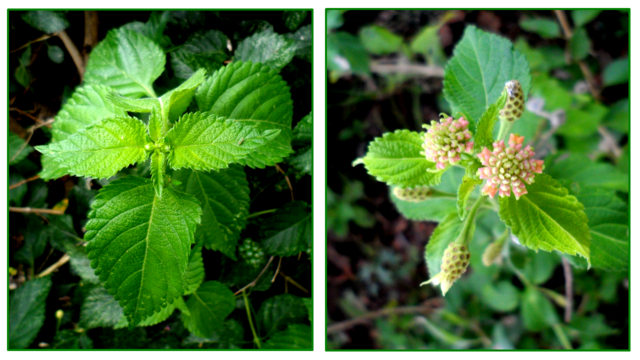
Fig. 2 On the left side, detailed apical cauline meristematic segment of Lantana camara, on the right side flower bud. Author: @lupafilotaxia.
Therefore, generally the inflorescences of large size, bell-shaped morphology and yellow coloration are visited by insects of the hymenopteran order, a dissimilar case occurs in flowers of medium size, tubular morphology and red or pink coloration ordinarily visited by insects of the lepidopteran order, without ignoring the usual visits of dipteran insects to small flowers, variable morphology and reddish coloration.
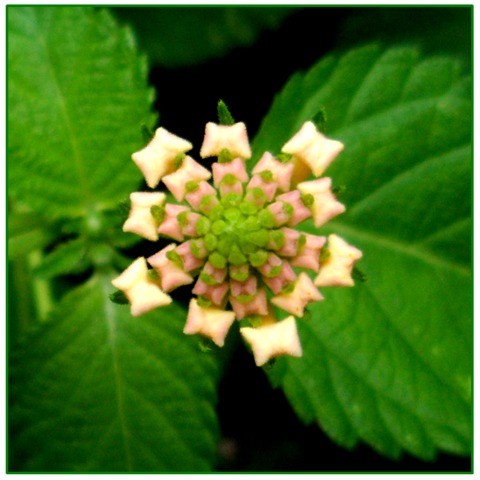
Fig. 3 Lantana camara Flower Button about to open. Author: @lupafilotaxia.
Polychromatic field study
Species and area of study
In order to socialize some polychromatic strategies of reproductive profile that show the vegetables, I will socialize with all of you a study about the variation of the floral color that show the flowers of the species Lantana camara, (VERBENACEAE) commonly known as CARIAQUITO, the area of study corresponds to the ornamental spaces of the Amphitheatrical Classroom of the UNESUR, university institution located in Santa Barbara de Zulia - Venezuela.
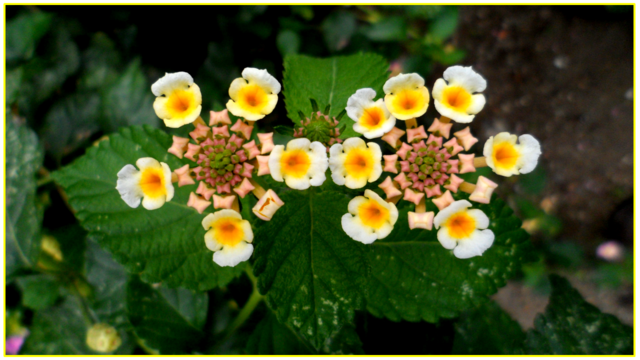
Fig. 4 White/Yellow Lantana camara flowers. Author: @lupafilotaxia.
Methodological approach
In order to be able to relate color variation and tonality with insect interaction in floral structures, polychromatic observations were made in floral structures of CARIAQUITO Lantana camara. Descriptive analyses consisted of estimating floral color variation during anthesis, the predominance of pollinating insect visits and the photosynthetic biomass associated with floral color variation.
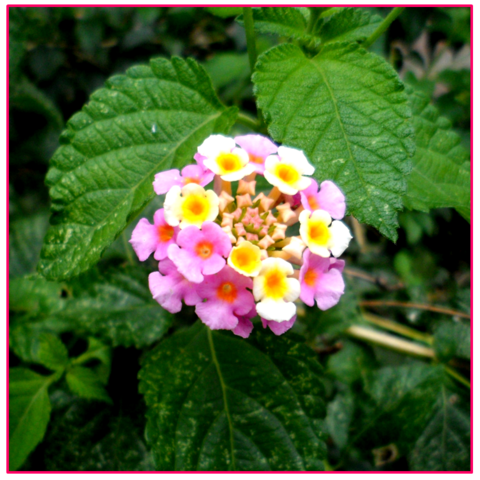
Fig. 5 White/yellow and pink flowers from Lantana camara. Author: @lupafilotaxia.
Polychromatic results
Variation in floral colour during anthesis
The opening of the cocoon, and the variation in floral colour during anthesis observed in situ, respond to a series of phases determined as follows;.
Phase 1: appearance of the flower bud.
Phase 2: white/yellow flower formation.
Phase 3: change from white/yellow flowers to pink flowers.
Phase 4: change from pink flowers to yellow flowers.
Phase 5: change from yellow flowers to orange flowers.

Fig. 6 Yellow flowers from Lantana camara. Author: @lupafilotaxia.
Predominance of pollinating insects visiting
The highest percentage of visits was made by pollinating insects of the order Lepidoptera, in flowers that exhibited pink and yellow coloration (72 %), so, knowing the habit and preference of these insects, it is likely that the change in floral color during anthesis, is a reproductive strategy of Lantana camera, to direct pollinating insects to non-pollinated flowers.
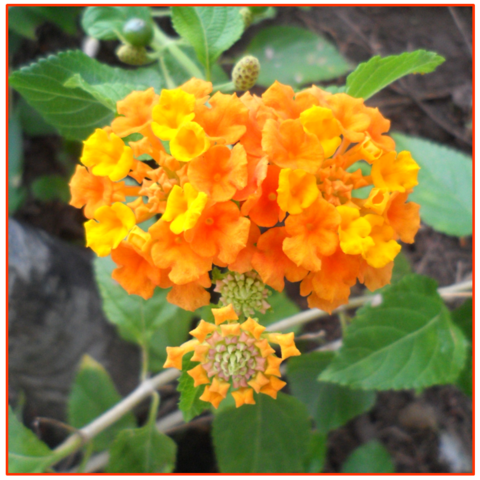
Fig. 7 Orange flowers from Lantana camara. Author: @lupafilotaxia.
Photosynthetic biomass associated with floral color variation
The largest photosynthetically active leaf biomass found was in the vegetative structures of Lantana camara, which exhibited white/yellow and pink flowers, a response that may be associated with facilitating photoassimilation to the reproductive system, morphologically adapted to the visits of pollinating agents of the lepidoptera order.
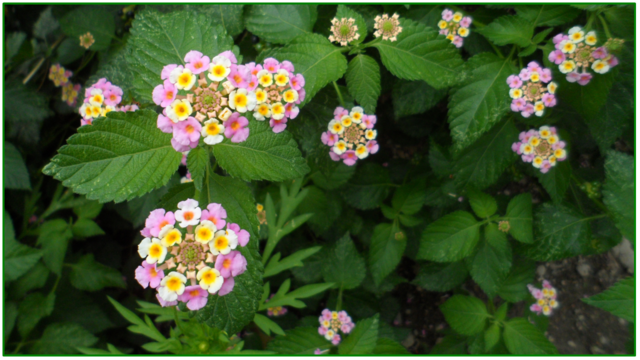
Fig. 8 Photosynthetically active leaf biomass from Lantana camara. Author: @lupafilotaxia.
SCIENTIFIC CONTRIBUTIONS OF THIS PUBLICATION
- The polymorphism of floral coloration exhibited by Lantana camara specimens, and each topic developed in the post, highlights the polychromatic strategy employed by this plant species, as a resource of visual attraction to guarantee the visit of pollinating insects of the lepidopteran order to their reproductive structures, through changes in floral color during anthesis, a strategy associated with a biological tactic to direct pollinating agents to non-pollinated flowers and thus ensure sexual reproduction and perpetuation as a species.
BIBLIOGRAPHICAL REFERENCES CONSULTED AND CITED:
[1] Chittka L. and Raine N. Recognition of flowers by pollinators. Current Opinion in Plant Biology. 2006;9:428-435. Article: Online access
[2] Azuma H., Thien L., and Kawano S. Floral scents, leaf volatiles and therogenic flowers in Magnoliaceae. Plant Species Biology. 1999;14:121-127. Article: Online access
[3] Carrión-Tacuri J., Berjano R., Guerrero G., Figueroa M., Tye A., and Castillo J. Nectar Production by Invasive Lantana camara and Endemic L. peduncularis in the Galápagos Islands. Pacific Science. 2012; 66; 4:435–445. Article: Online access
[4] Mathur G., and Mohan Ram H. Flower colour changes in Lantana camara. Journal of Experimental Botany. 1984;35:1656-1662. Article: Online access
[5] Miguez M., Grohar M., Aquino D.,Bouza A., Herrera A., Lafuente M., Scorza V., Chamer M., Amela M., and Hoc P. Floral biology of Lantana camara L. (Verbenaceae). National University of General San Martín. 2013. Article: Online access
ATTENTION / Readers and Followers
If you want to read more scientific articles of excellent academic quality, do not waste time, and visit the label #steemSTEM, is a large community that values and promotes scientific content, mainly in the areas of Science, Technology, Engineering and Mathematics.

INVITATION
Dear reader, if you wish to obtain more information about it, join our server in Discord
OBSERVATIONS
✔ The POST 📧📨 was uploaded using the official app of https://www.steemstem.io
OBSERVATIONS
✔ The POST 📧📨 was uploaded using the official app of https://www.steemstem.io
You can visit the official app of our community
https://www.steemstem.io
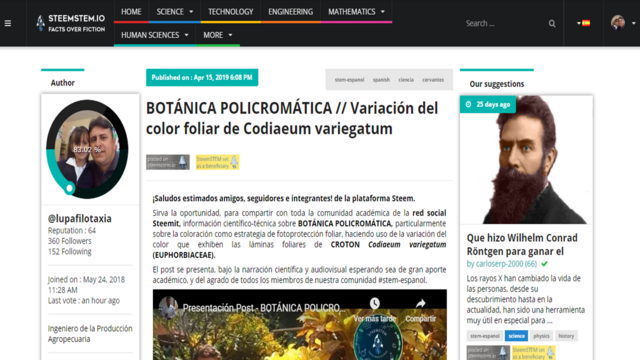

0
0
0.000
Great job
@tipu curate
Upvoted 👌 (Mana: 5/10 - need recharge?)
Thanks for the support @carlos-fernando.
Link to this publication on Twitter: https://twitter.com/lupafilotaxia/status/1233178004895019009
Esta publicación ha sido votada por el Equipo de Steemitas Club. Gracias @lupafilotaxia por compartirnos este trabajo.
Steemitas Club es un proyecto que ofrece delegaciones gratis de 100 SP para los nuevos usuarios y además cuenta con un proyecto de curación para apoyar el contenido original.Thanks for the support @steemitasclub.
This post has been voted on by the SteemSTEM curation team and voting trail. It is elligible for support from @curie and @minnowbooster.
If you appreciate the work we are doing, then consider supporting our witness @stem.witness. Additional witness support to the curie witness would be appreciated as well.
For additional information please join us on the SteemSTEM discord and to get to know the rest of the community!
Thanks for having used the steemstem.io app and included @steemstem in the list of beneficiaries of this post. This granted you a stronger support from SteemSTEM.
Thanks for the support.